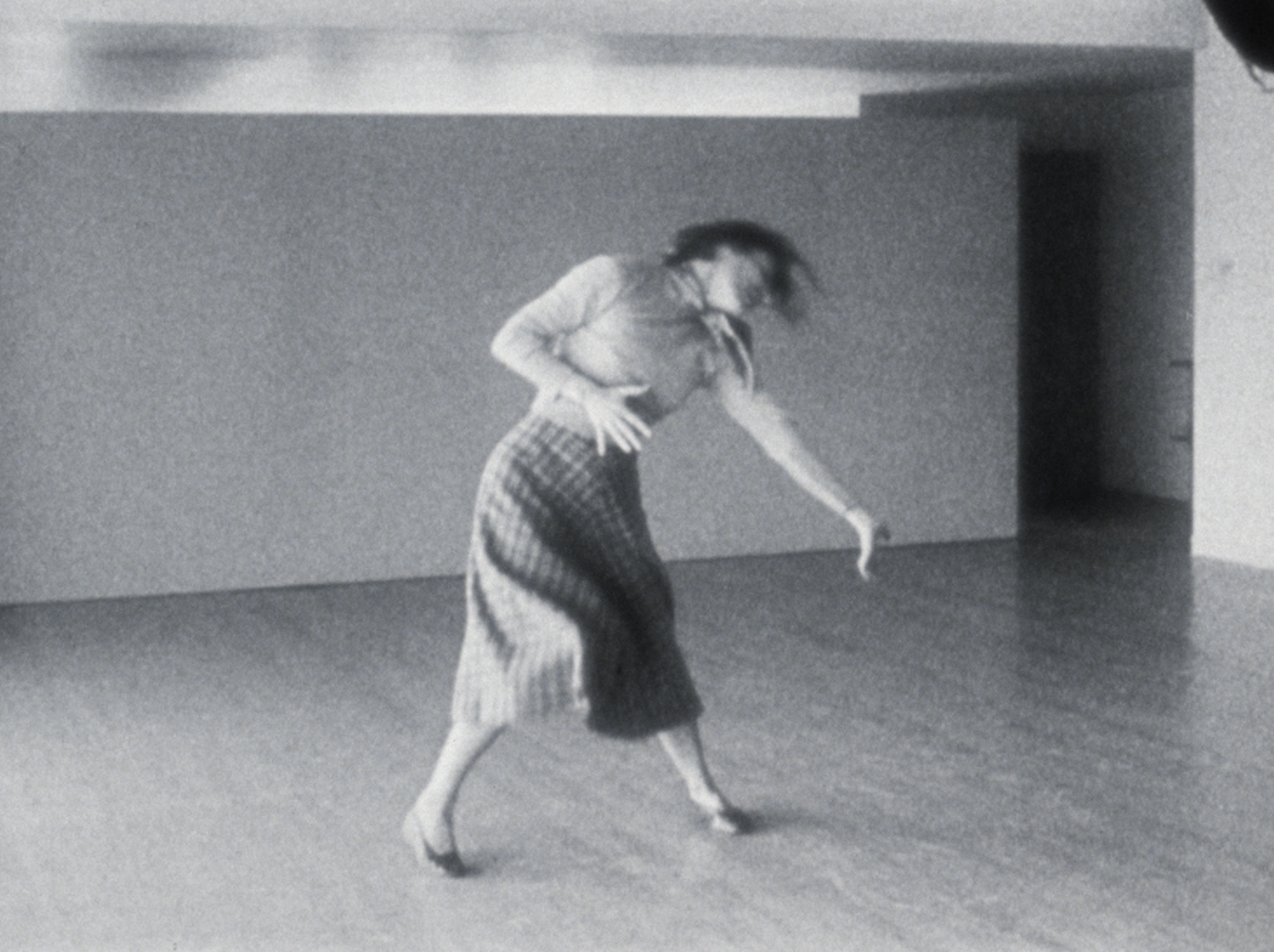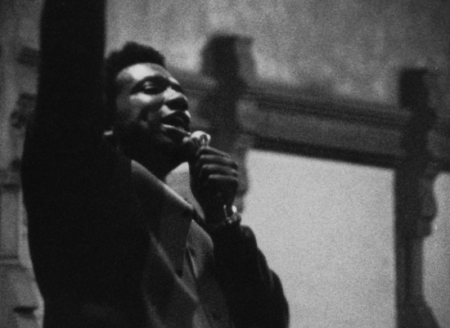This past summer, CFA was lucky enough to have Shahed Dowlatshahi as an intern. Amongst other things, he did significant work processing the Bill Stamets Collection. Here is what Shahed had to say about what he found in Stamets’ films.
As an unobtrusive observer capturing life as it happened in the 1970s and 1980s, Bill Stamets shot thousands of feet of Super-8mm film on the streets of Chicago. This professional documentarian and photographer filmed protests, parades, political events, and many more public proceedings. A few years ago, some 40 years after these efforts, he donated a large amount of footage, which consists almost exclusively of Super-8mm film reels (there are a few U-matic tapes), to the Chicago Film Archives. Many of the reels are smaller pieces of film, perhaps outtakes, spliced together into 50ft, 100ft, or 200ft reels.
Harold Washington, Chicago’s first African-American mayor, was a major inspiration to Bill Stamets, and much of the footage in the collection consists of Washington’s many public appearances throughout his term. There are examples of footage of Harold Washington as varied as him casually smoking a cigarette in an indoor space as one of his colleagues is giving a speech to celebrating and accepting his inauguration as mayor in Navy Pier.
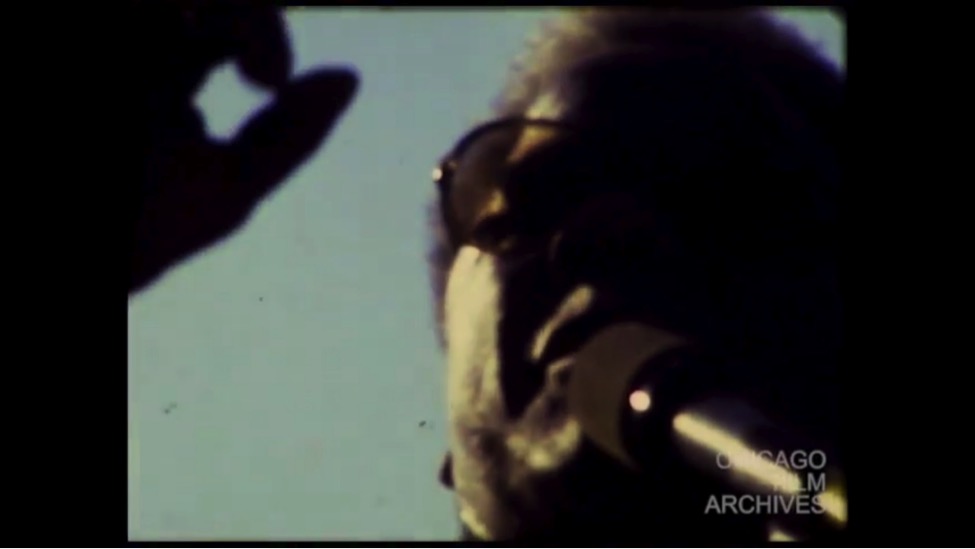
Harold Washington speaks in “Art Jones + W.”
Over the summer, I had the opportunity to inventory the entire collection, inspect the smaller reels, and digitize several of his materials.
While much of the Super-8 films in this collection have magnetic stripe soundtracks, they remain unheard even on the comparatively few films in the collection that were digitized due to the very specific equipment required to digitize these soundtracks. The silence adds a certain timelessness and lyrical quality to the documented scenes of protest and celebration.
The lack of sound helps to focus the viewer’s attention on the images. For example, during “Pilsen Demo – El Salvador – 18th Street,” the camera zooms out from a “God Bless America” mural to the protestors and their banners alleging that the US Governments supported genocide abroad. This focus on the movement of the camera, imposed by the lack of sound, pulls attention to how Stamets, behind the camera, is choosing to interpret the scene around him.
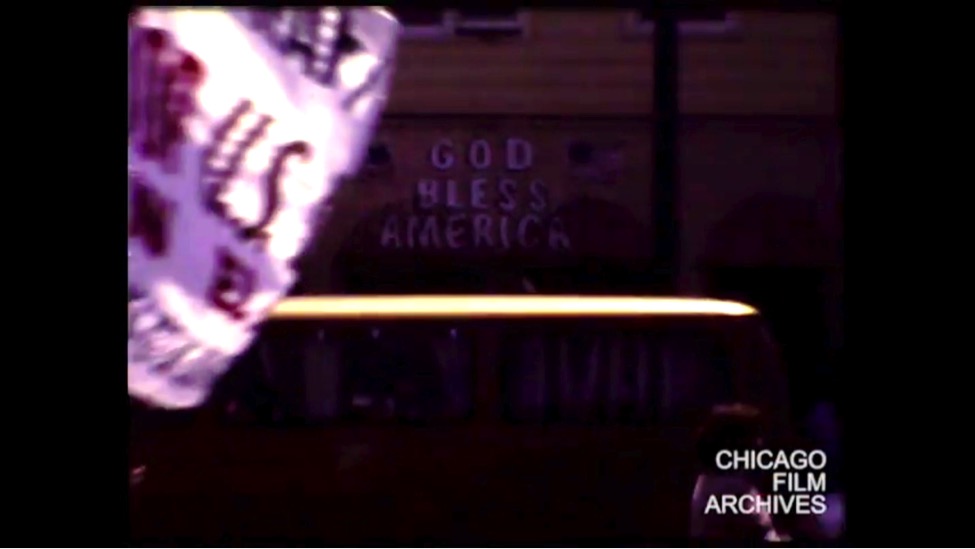
Stamets juxtaposes the words on the wall with the words on the banner in “Pilsen Demo – El Salvador – 18th Street”
Stamets’ strong point-of-view is clear in other films as well. In “Art Jones + W,” a white-supremacist group is gathered for a demonstration in a park. While they assemble their banners and organize, the camera frames a black police officer, standing still. I presume this officer is on duty protecting the right of the demonstrators to exercise free speech. Once again, the strong framing and camera movements bring the irony of the scene into sharp focus; no voice-over commentary, script, or diegetic sound is needed to remind the viewer of America’s racist legacy. The image itself engages the viewer with questions of free speech, hate-speech, and the separation of a person’s professional duties and their sense of right and wrong.
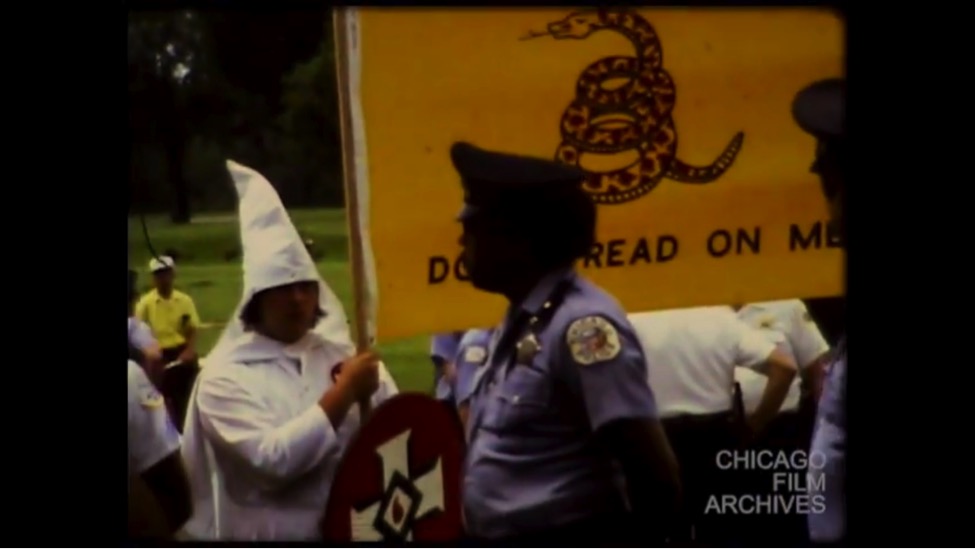
A police officer at work in “Art Jones + W.”
These powerful images of protests, parades, political events, and public proceedings are unique. Almost every piece of film in this collection is a reversal positive; this means that these pieces of film are the same exposed as were developed at the lab and the product is a viewable positive with no negative produced. Thus, no copies are available in any other format, and each image is the only one of its kind. Until twenty years ago, many film archives would not have considered such material of value as it falls outside of the professional scope.
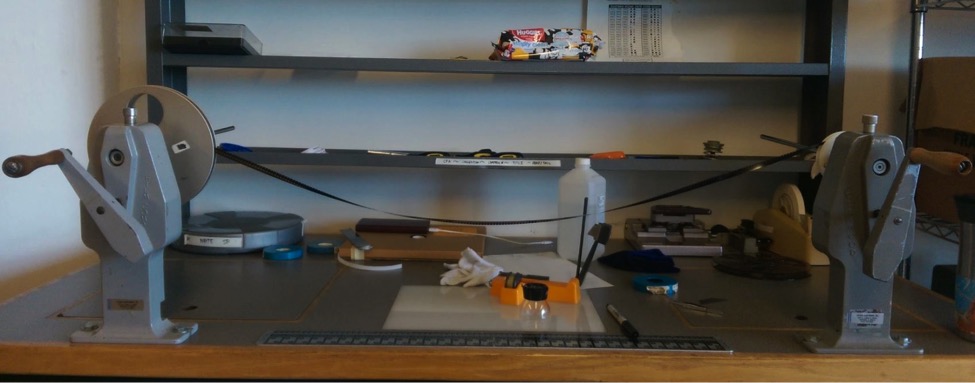
Inspecting the Bill Stamets film collection at the Chicago Film Archives in the summer of 2016
Thankfully, shifts in thinking regarding the value of such footage have occurred, and many archives the world over now collect and preserve such “orphan films.” While the Stamets collection occupies a middle-ground between amateur home-movies and professional film-making, the historical and cultural value of these outtakes is undeniable, and thanks to the CFA’s existence and increased advocacy in preserving such material, it is now in safe hands for future generations.
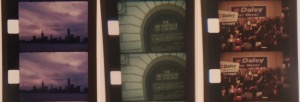
Images of Chicago’s past are given a second life by the Chicago Film Archives
— Shahed Dowlatshahi, September 2016


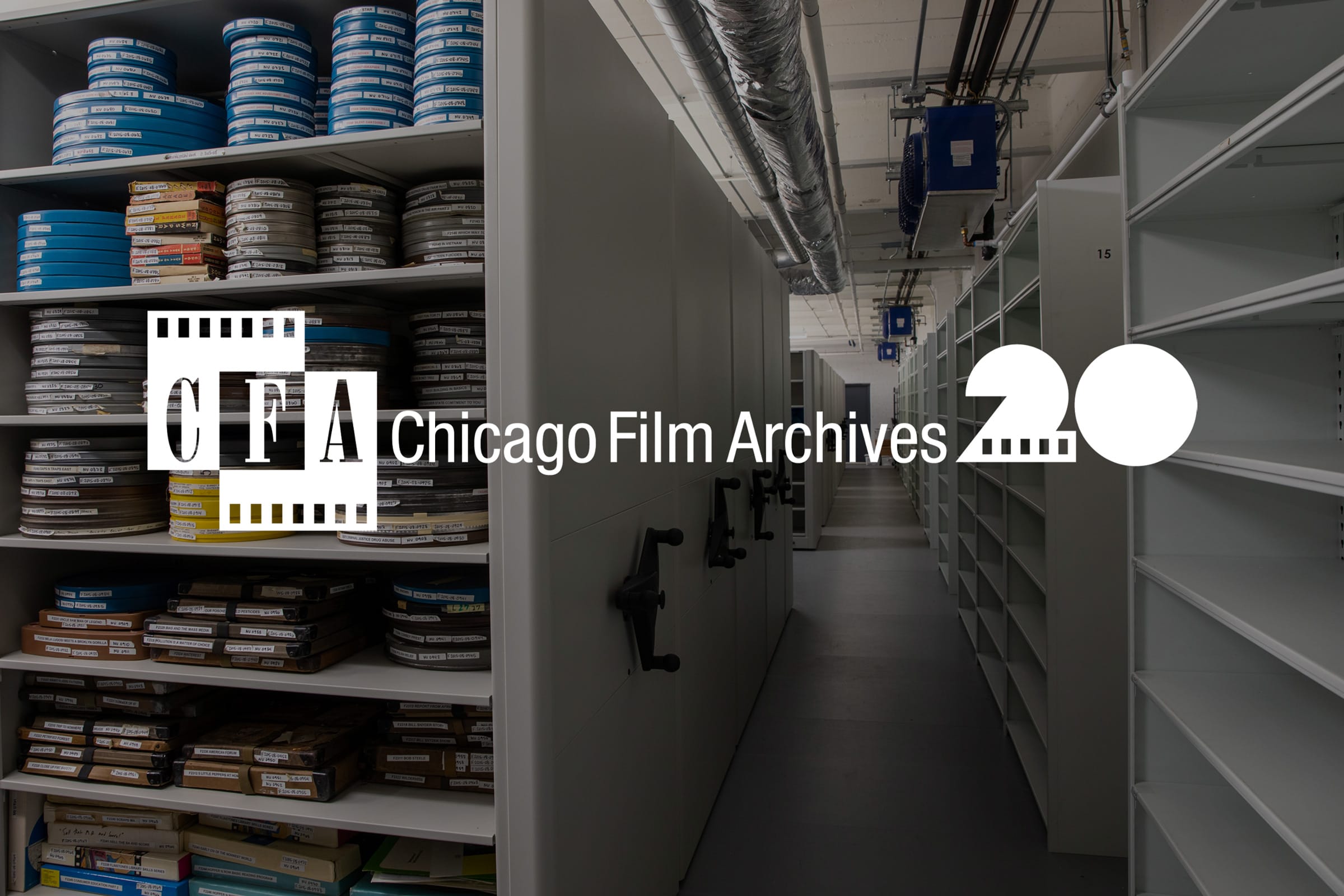
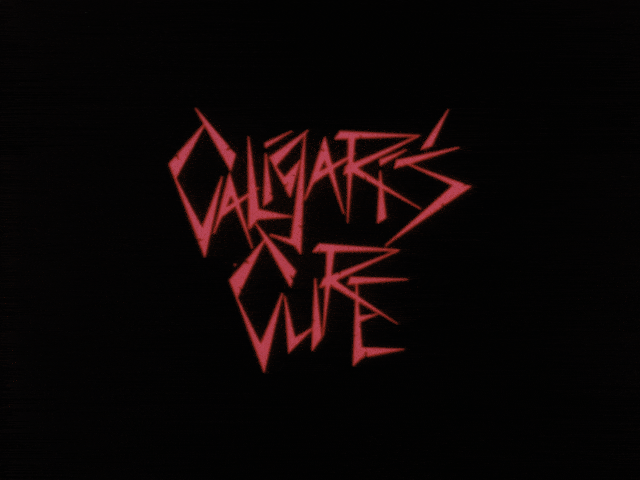
![[Rudy Lozano]](https://www.chicagofilmarchives.org/wp-content/uploads/2023/08/Lozano2.png)
